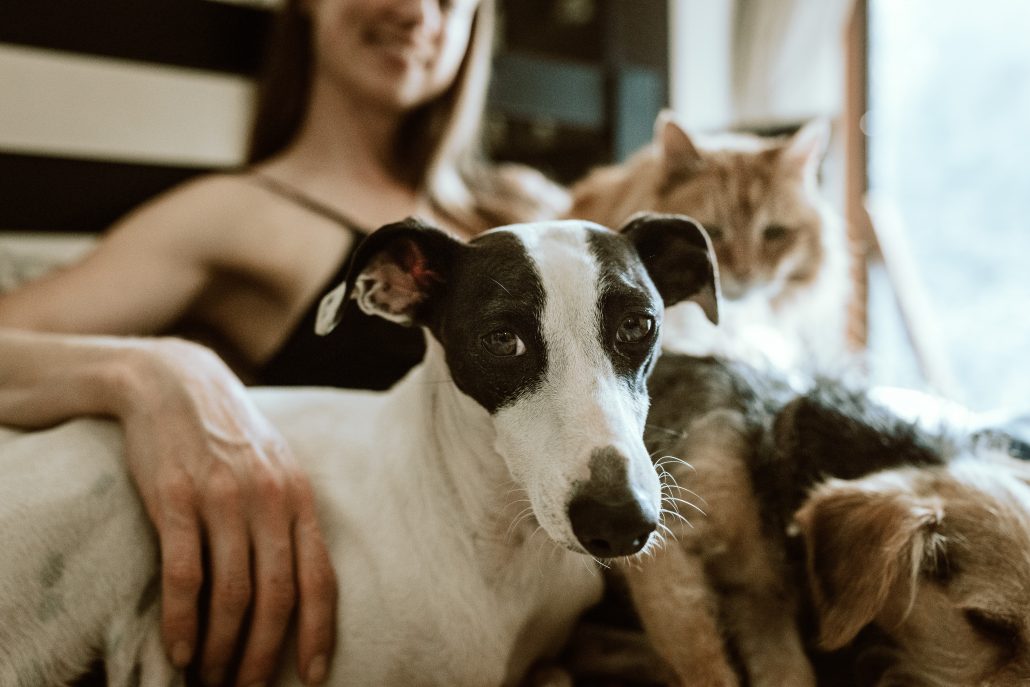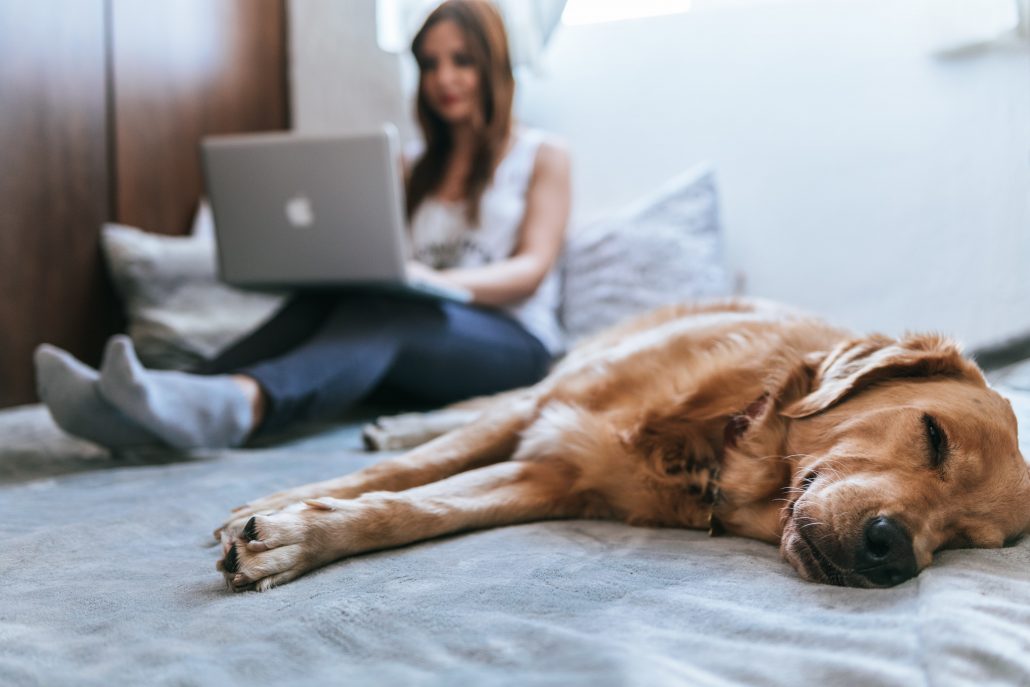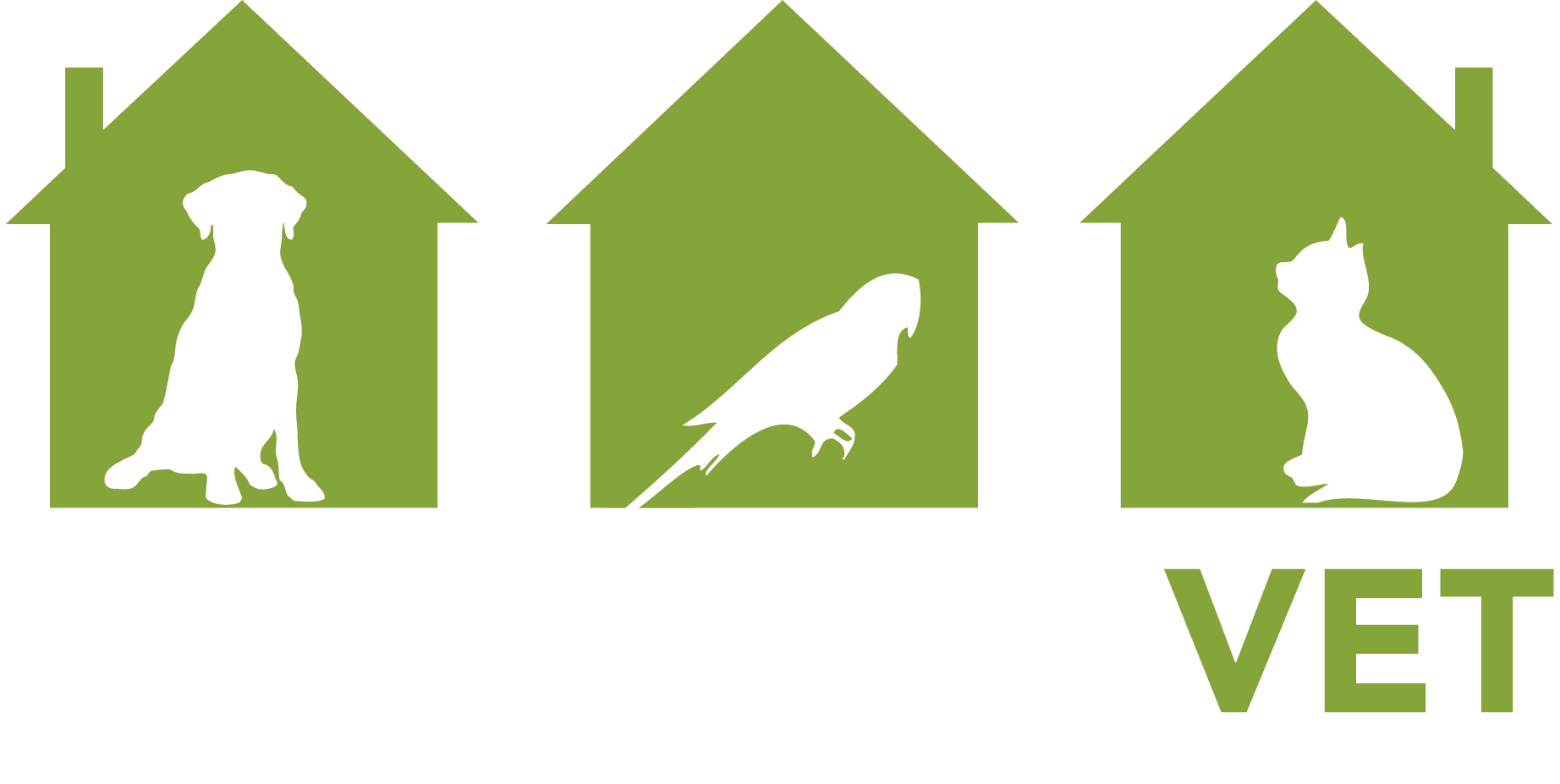How To Get Rid Of Fleas In Dogs
Has Your Dog Been Battling With Fleas?
Having trouble with fleas and wondering how to get rid of fleas in dogs? Fleas have a complex, four-stage life cycle. If you want to get rid of fleas and prevent them from coming back, you need to resolve several phases of this cycle.
For over-the-counter drugs and medicines, following the package instructions is important. Use only the products of the organisms for which they are intended. Dogs are particularly susceptible to medications and chemicals, so make sure to read all labels carefully. Do not use several drugs at the same time without consulting your veterinarian.
Even following guidance on the label of flea medication, pets may have adverse reactions to flea products. Some over-the-counter goods are not safe at all. Check with your veterinarian to find out if the substance is all right to use and call him or her immediately if you catch your pet acting oddly or with some sort of skin irritation.

Flea Baths
A flea shampoo or “flea bath,” can be used on adult fleas for a pet with a large number of fleas evident on the body. Cats can have a hard time bathing. It is necessary to note that a flea shampoo is not intended for long-term control.
Many people are shocked to see fleas, even though the pet had a flea bath recently. Shampoos are only good for a day or so, and the fleas you see on your dog are only a small part of the flea problem as juvenile fleas have already infested your house.

When to Use Flea Dips
Flea dips are effective chemical rinses to rid animals not only of fleas, but also of mites and ticks. Dips are generally not recommended. Dips are very painful to the skin and last around two weeks, and there’s a lot of chemical residue left on the animal, so use it carefully when other methods have not been successful. Flea shampoos and dips are used to treat adult fleas.
Flea Collars and Powders
Flea collars work in one of two ways: by releasing poisonous (to fleas, anyway) gas, or by being absorbed into the subcutaneous fat layer of the infected animal. Toxic gas is generally only effective in the immediate region of the head and neck. Collars that are absorbed into the subcutaneous fat are much more effective. Flea collars are effective for adult fleas, but not so useful for larvae.
Flea powders and sprays provide short-term protection against fleas, and some brands also provide protection against ticks and mites. Most flea powders and sprays are only effective for adult fleas; some provide additional flea defense by inhibiting flea and larval growth.
Spot-On Flea Treatment
Spot-on treatments are performed between the shoulder blades of the pet and normally last approximately one month. These treatments are effective for adult fleas, and some contain ingredients to inhibit flea-egg larvae, while others are active against larval growth.
How To Get Rid Of Fleas In Dogs
Oral Flea Medication
Flea pills operate by preventing the larva from coming out of the flea egg. A variant is available as an injection drug for cats. Fleas eat the blood of the animals on these drugs, and the female fleas lay eggs that are unable to hatch. Some of these items destroy adults, too.
Consult your veterinarian if you take more than one flea drug at a time to ensure that there are no adverse effects when the drugs are combined.
How To Get Rid Of Fleas In Dogs
Flea Control for Your House and Yard

Just about 10% of the flea population are on your pet. Flea eggs, larvae, pupae, and the few adults living in carpeting, bedding, and living areas make up approximately 90% of the population of flea.
Neglecting this flea population will mean that the flea problem continues to escalate over time.
You’re going to need a concerted assault to control fleas in your home and yard. Here’s what it takes to include:
Daily vacuuming is important for the eradication of flea as a whole. This will pick up (and get rid of) adults, embryos, larvae, and pupae before they develop.
It is also also necessary to place the flea collar in the vacuum bag and empty the bag; otherwise, the fleas may hatch, grow and leave the vacuum to re-infest the living quarters. Dispose of vacuum bags correctly and regularly.
Clean all bedding, clothes, and furniture at least regularly.
How To Get Rid Of Fleas In Dogs

How To Get Rid Of Fleas In Dogs
If you’ve recently introduced a new puppy or dog to your home, remember that it is imperative to ensure that your pet is vaccinated and dewormed. Get in touch with us for all your veterinary needs.

